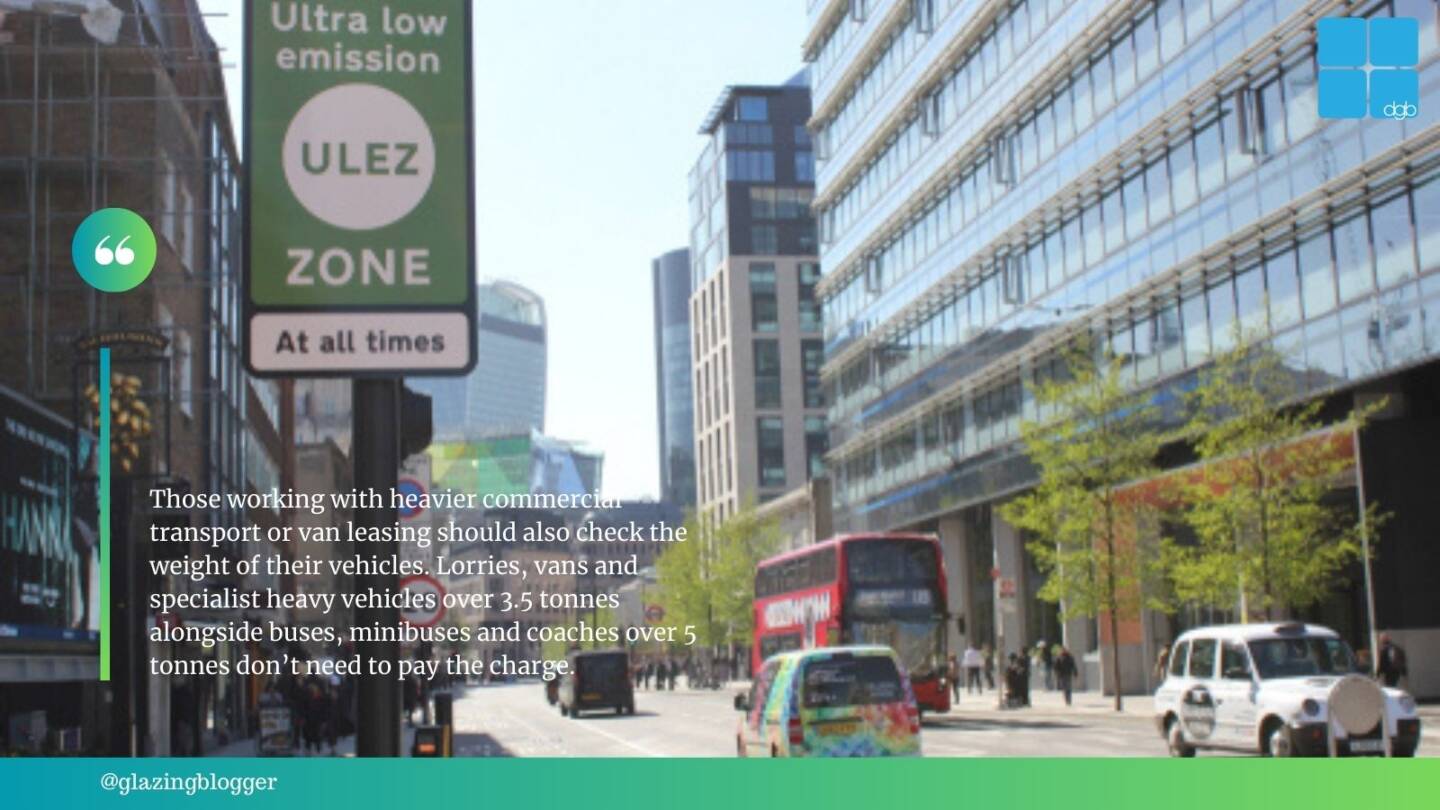I don’t know how many of you guys read the Fenestration News website. It’s not the flashiest site in the world, but the site, and it’s Twitter account I have always found to give me the most useful information related to our industry than all the other sites.
I read a post they made live on December 6th, which I felt was about as an accurate observation of our industry I have read for a while. I’ll leave it for you to make your own mind up on this one:
The Future is Being Lost
In these pages I often infer that going forward the Fenestration Industry might not be as healthy as it could be, or put it another way it is missing some of its dynamic drive.
This has nothing to do with the state of the economy or magic predictions by outside agencies. It is to do with the industry itself becoming a bureaucratic nightmare, all red tape and form filling. These elements are conspiring to inhibit new blood, new thinking and new drive from those that could get involved.
In isolation it could be reasoned that some of the procedures, standards and legislation are in part well meaning. Unfortunately they tend to be overlapping and replicating one and other for no net gain for the person that has to pay for them – the consumer. Having half a dozen different criteria when one will do the job better – is just creating paperwork for paperwork’s sake.
What is disturbing for the guys that have to get involved in all this extra work, is that the proposers generally come from the supply chain, outside bodies or politicians with private agendas. All of which have departments and administrators spare just hanging around looking for work to justify their wages – but then, it is not them having to drag through it day-after-day either.
The greater majority of the Fenestration Industry is made up of companies installing 50-100 frames a week. This means 2-3 installation crews, a surveyor, a salesman or two and the ‘general dogs body’ (the ‘Boss/Owner’) . That’s it, that’s how it should be, trim and tight to face the competition. For these operations it is the man at the top with what is loosely called their free time, the evenings and weekends, that has to take up these all consuming chores of paperwork, the tax payment, the VAT, the NI, Health & Safety requirements, then the standards, competent person schemes and on and on. The so called free time traditionally is used for marketing and selling situations, i.e. the creating of the business for tomorrow. There is no slack at this end of the market place, remembering also this is the end that also serves as the boiler house that drives the rest of the industry, in effect the industry’s future. So why do organisations back up the chain keep dumping on them?
It comes as no surprise then that there is little or no new blood at the front end of the industry and that those that keep their toes in the market place are rapidly diversifying out. FENSA has recently reported a significant fall in total installations registered with them, in recent years they are now some 35% down. Yet at the same time our straw poll shows that companies at the front end of the market are all ahead of expectations, growing and expecting more growth.
In simple terms companies are moving on, taking the path of least resistance. Companies at the front end have real expertise in dealing with the consumer, the marketing to acquire leads and managing of trades. They are still doing this effectively, growing and become more profitable. The loser at the moment appears to be some in the supply chain and the country’s drive to save on energy.
In other reports that could be used to confirm this trend, it is showing that growth and industry expansion is on the rise in Scotland. The difference, Scotland has been missing some of the paperwork nightmare that is required in England & Wales.
It is now time to push for a rationalisation on the red-tape and bureaucracy, a time to save the industry. The problem with that is the proposals seem to have to come from those up the chain that believe that the many tiers and standards enhance their income stream. They are of course forgetting these are enforcing the shrinking of the market place, which in turn will affect their income. They are probably oblivious to it as they just focus on the minor, very minor, seemingly well meaning intentions behind each project in isolation. This thinking is pointless in regard to the bigger picture, to everyone else it shows they are in effect seeking self-destruction.
Up until a few years ago it was often suggested that the installation of new windows and doors could save up-to 25% of the heat loss from the fabric of a building. In using these figures what was often omitted was that some 80% of these savings came from the enhanced draught-proofing these products bring. On that basis it means the frame material, the IGU etc only accounted for saving in the region of 5% of a home’s heat loss.
Those that know about these things also know that the savings were never as good as the figures indicated. The consumer, instead of being isolated in a home’s ‘hot-spots’, found their whole home was warm and usable. The heat was not actually saved but contained over a bigger area.
The irony here is that it points to the shooting-in-the-foot of regulators’ aims. In recent years the seemingly endless push for higher and better standards of insulation has meant ever increasing cost of materials and additional administration. So much so we now have installations whose costs are some 30% more than just a few years ago. Yet the product performance gain against the building envelope once you strip away the sleight-of-hand in the use of figures is probably no more than an extra 3%.
Rationally it is possible to determine that this increase cost has precluded a great section of the market place from being able to enjoy the benefits of a warmer home. If FENSA’s fall-off in take up of installation is used, that would indicate the equivalent of 35% of consumers being priced out of the market. On that basis did the country save the extra 3% in home energy loss? Or has it just lost an additional 22% of its energy needlessly through the fabric of a building?
I started out suggesting the industry is not as healthy as it could be, it is clear it is not the individuals, the drivers, the entrepreneurs at the front end that will suffer any fall off, they have already shown their flexibility and ability to react – it’s those that rely on them being there. To that end it is the structure that needs rationalising, it needs to be open and attractive to new-comers & start-ups. No new blood, again no future. There is a need to remove overlaps, the removal of the imposed replication of efforts, so as to keep these guys on-board, doing what they do well, creating the wealth that keeps everyone else in the Fenestration Industry going. While I understand the self interest up the chain and the political imperative, unless these bodies are going to shoulder 100% of additional costs, any introductions without a comprehensive cost analysis should be seen as attempts to destroy the market. This is naive on their part as their large slice of income or kudus from nothing is still nothing. – The future is being lost
Ian McDougall
Fenestration News
Link to the original post: http://www.fenestration-news.com/news/newsItem.aspx?id=11038





Ian
Ian is absolutely correct. The problem we have is trying to get anyone in power, whatever their political persuation to listen to us. They are only interested in talking to those who will agree with their agenda of more complicated and unnecessary regulation, which sadly includes the GGF.